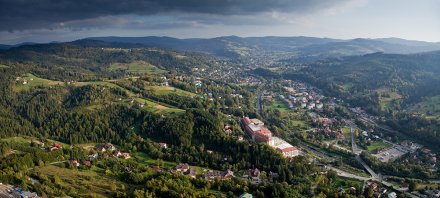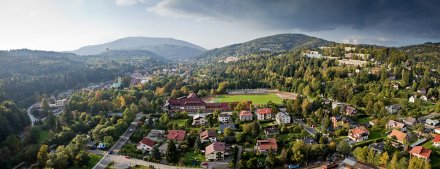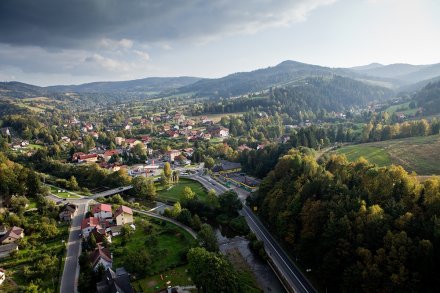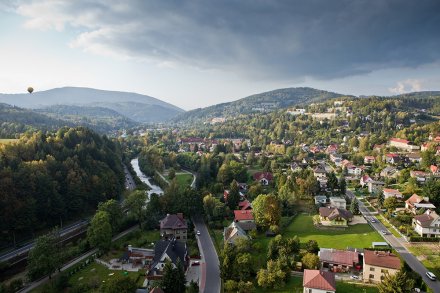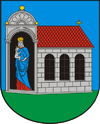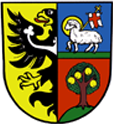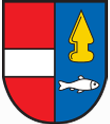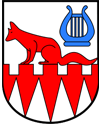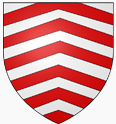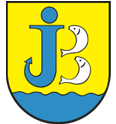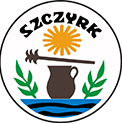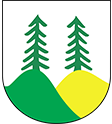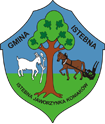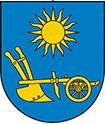Location
Wisła – the Pearl of the Silesian Beskid Mountains - is one of the most beautiful towns in the Cieszyn County. It is very close to the Czech Republic and not far from Slovakia.
The centre of the town is on the height of 430 meters above the sea level and the highest point is the top of Mount Barania (1220 meters a.s.l.) where the Vistula river has its sources. Two streams flow down the slopes of Mount Barania: the Black and the White Vistula and a little further in the valley of Malinka they make up the main Vistula river.
The town lies in several valleys of the Silesian Beskid Mountains. From the west it is surrounded by the range of Mount Czantoria (995 meters a.s.l.), Mount Stożek (980 meters a.s.l.) and Pass Kubalonka (761 meters a.s.l.) and from the east by Mount Równica (883 meters a.s.l.), Mount Trzy Kopce (810 meters a.s.l.) and Pass Salmopol (934 meters a.s.l.).The total area of the town is 11,091 hectares (110.9 square kilometers):
Forest area -74.4 %
Farmland – 18.9 %
Built up area – 2.6 %
The whole town consists of the centre and seven valleys around it: Malinka, Czarne, Gościejów, Partecznik, Głębce, Łabajów, Dziechcinka and Jawornik. A town which lies not in one location but in a number of valleys is a very unique one, not only in the Beskid Mountains but also in comparison to other tourist resorts in the mountains. It is enough to make a few steps away from the centre to find some peace and quiet in any of the valleys around it. All the valleys are surrounded by forests, meadows, gentle mountain slopes and streams, there are plenty of tourist routes to choose from and hundreds of charming places well worth visiting.
The history of the town goes back to the XVI century when the first pastoral settlement was established there. The first inhabitants were foresters and Wolos – the people who brought there their pastoral culture. Wisła used to be a feudal village for a very long time, the town laws were given to it as late as in 1962 and that was the time when a rapidly growing number of tourists transformed the town into the biggest tourist resort in the Silesian Beskid Mountains.
The town offers a huge number of hotels, boarding houses,guest houses and private accommodation with about 9 thousand beds altogether. Thanks to the very well developed network of tourist routes it is a perfect starting point for excursions to the most interesting mountains in the Beskid Moutains. More than 20, mostly illuminated, sk lifts wait for the skiing fans and cross country skiing lovers are welcomed at the ski routes. There are also seven ski jumping hills (in the centre of the town, in Łabajów and in Malinka). The summer offer is also very impressive: indoor and outdoor swimming pools, tennis courts and a number of sports centers.
Since the very beginning the town has been Lutheran Protestant and until the end of the XIX century the inhabitants were mostly protestants. Wisła was also a refuge from religious persecutions and the result is that today there are 13 different churches and religious associations, 50 % of them are Lutheran Protestant, 30 % Roman Catholic and the rest are less popular confessions such as Jehovah’s Witnesses, Baptists, Pentecostals and Adventists.
The town has a very good direct connections with several other towns and cities: Bielsko – Biała, Katowice, Kraków, Opole, Lublin, Warszawa and Kołobrzeg for example. There are also two train stations in the town: Wisła Uzdrowisko and Wisła Głębce and three train stops. The railway line to Wisła Głębce is especially worth seeing because of the two beautiful viaducts built in the 30s over the valleys of Dziechcinka and Łabajów. The local bus transport is well developed and the three airports of Pyrzowice, Balice and Ostrava (in the Czech Republic) which are not very far from Wisła make it possible to fly here from some further locations.
